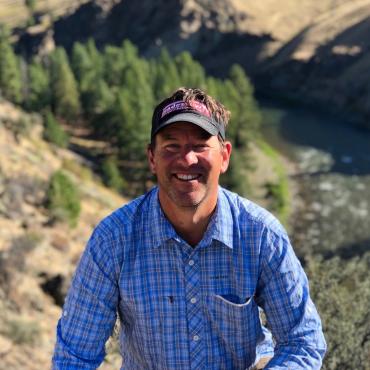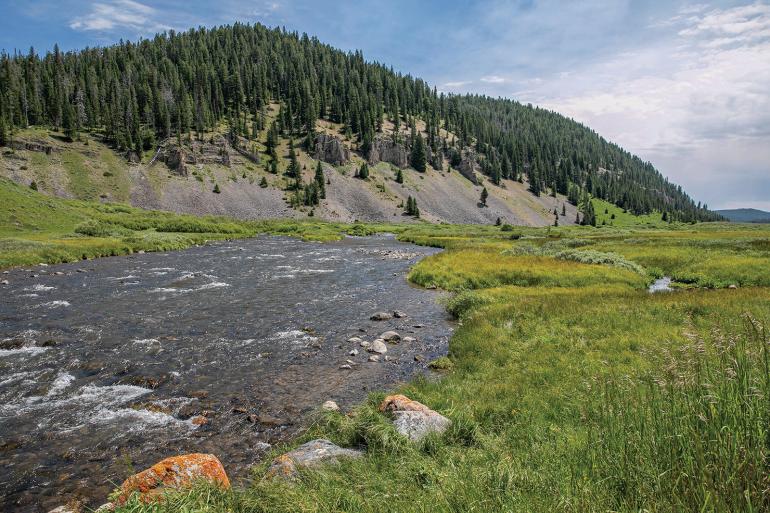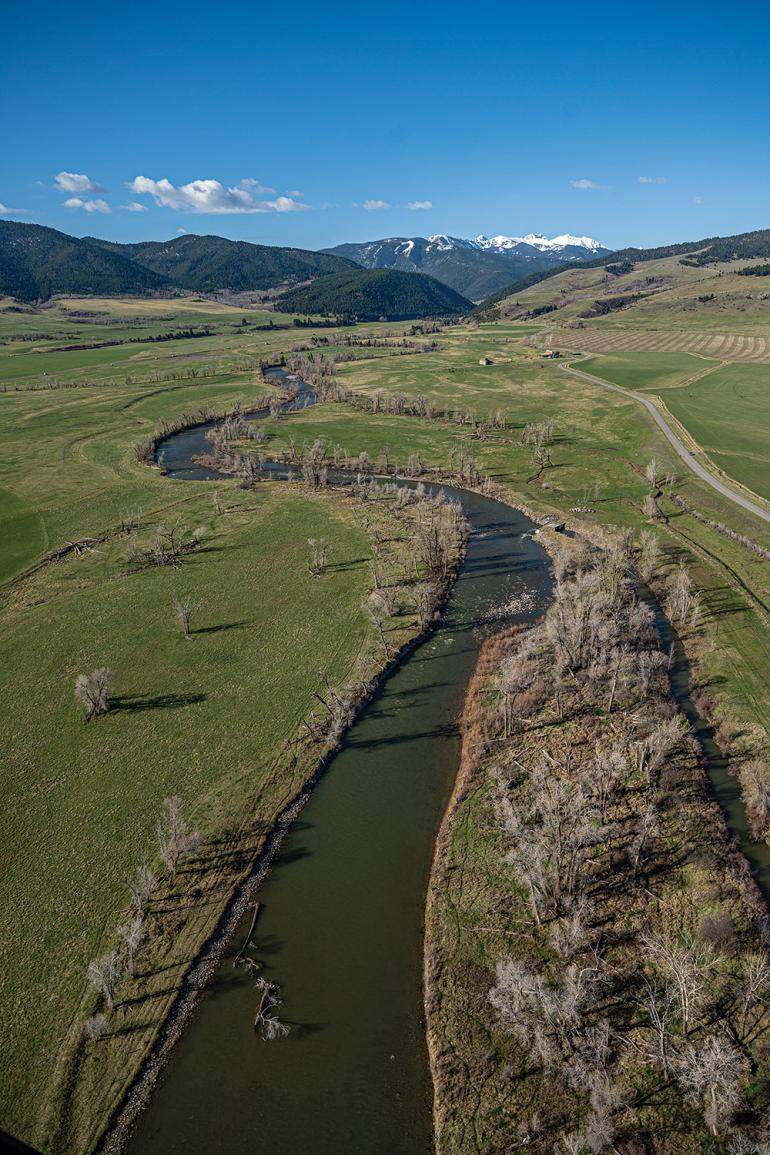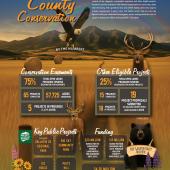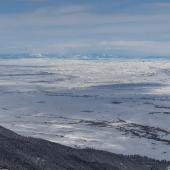Guarding the Gallatin
And what tools can be used to do so.
Anyone with a soul who has ever fished, paddled, or even just laid eyes on the Gallatin River wants to see it protected. More than any feature in Gallatin County, our namesake river is what defines this place. But when it comes to how to best protect the river from current and future threats, methods can be confusing. For over a decade, Montanans for Healthy Rivers has been spearheading the campaign to pass the Montana Headwaters Legacy Act, which would protect the Gallatin and 19 other iconic waterways under the federal Wild & Scenic Rivers Act (WSRA). Meanwhile, other groups are focused on getting the Gallatin designated as Outstanding Resource Water (ORW). Here are the main differences between these two forms of protection.
Wild & Scenic designation is the gold standard for river protection in the United States. Once rivers are protected under the WSRA, which in Montana requires an act of Congress, they are protected in three ways. First, the Act protects rivers from new federally licensed dams or other projects that would impede their free flow. Second, the Act prohibits any federally permitted projects that would degrade a river’s water quality—think mining or oil and gas drilling. Third, the Act bans any federally permitted projects that would harm a river’s outstandingly remarkable values, which include things like fish, wildlife, scenery, recreation, and cultural values. Those projects could include mining, oil and gas drilling, commercial logging, transmission lines, and major highway and bridge construction projects, to name a few. The key word with Wild & Scenic designation is federal. The WSRA only restricts federally permitted projects
Outstanding Resource Water designation is the most powerful tool for protecting rivers from point-source discharges regulated by the state. Point-source discharges come out of a pipe. So, if your biggest concern is that the Big Sky Water & Sewer District might seek a permit to discharge treated wastewater into the Gallatin, ORW designation could prevent that from happening. Wild & Scenic designation would not. In Montana, all streams flowing through national parks and Wilderness Areas are automatically designated as ORWs. For a river like the Gallatin that’s outside the Park, ORW designation is a three-step process requiring rulemaking by the Montana Board of Environmental Review, consent of the state legislature, and the governor’s signature. Some groups are trying to shortcut that process by gathering enough signatures so voters get a chance to designate the Gallatin as an ORW via a ballot initiative.
Even if the Gallatin River were to be designated as a Wild & Scenic River and an ORW, there are still some types of harmful development projects that could happen. A case in point is the controversial glampground proposed on an island in the river next to Gallatin Gateway, which is being appealed by conservation groups. The only tool that prevents projects like that is zoning, either at the local or county level.
So, which tool is best to protect the Gallatin River? It all depends on the threat you’re trying to avert. Fully protecting the river requires using every single one in the toolbox.
Scott Bosse is the Northern Rockies Director at American Rivers and an avid angler & boater who has explored southwest Montana’s wild rivers for nearly three decades.


